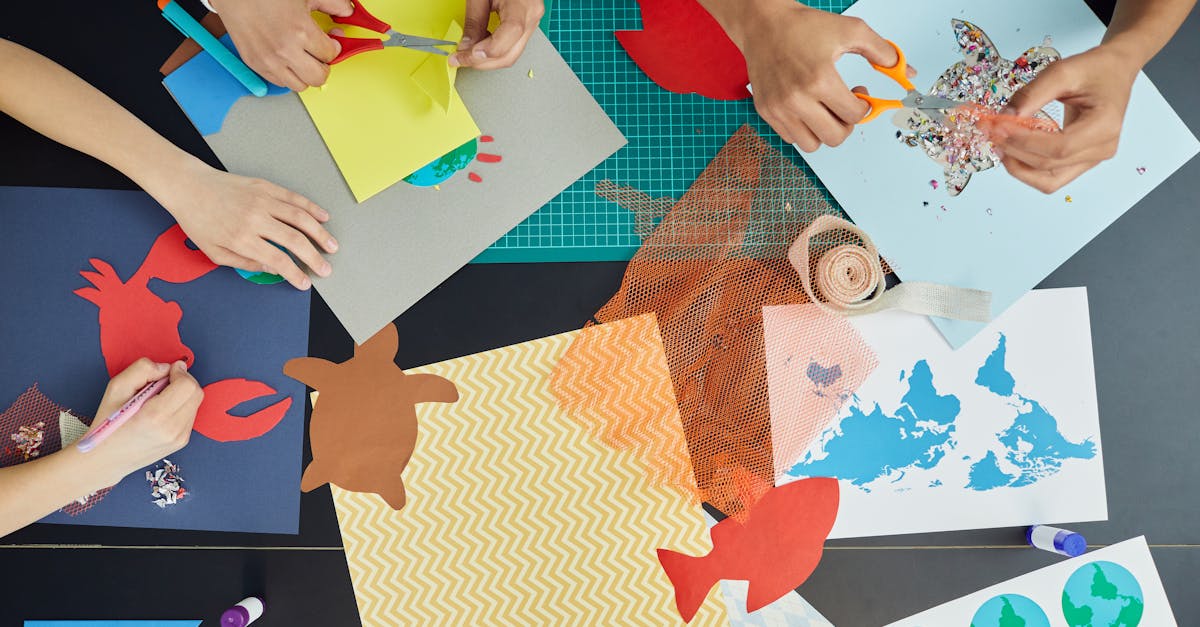Understanding AI in Early Education
Artificial Intelligence (AI) sounds futuristic, right? But guess what? AI is already making waves in preschool education. By the way, any other parents out there remember when AI was just a sci-fi fantasy? Providing self-learning tools to little ones isn’t just smart – it’s essential. AI helps in personalizing education, making learning suited to each child’s pace and style. Picture tiny robots that teach counting or smart apps that help with reading. Pretty cool, huh?
Why Self-Learning Matters for Pre-Schoolers
Kids are like little sponges, soaking up everything around them. Encouraging self-learning boosts their independence and confidence. I once caught my 4-year-old teaching our dog the alphabet. Guess who got all his letters right first? Turns out, kids love it when they can teach themselves – and others. Promoting self-learning can provide them with these incredibly satisfying moments.

Encouraging self-learning in preschoolers not only enhances their cognitive development but also fosters a sense of accomplishment and a lifelong love for learning.
Practical Tips to Incorporate AI-Based Tools
Now, let’s dive into some practical ways to integrate AI tools into your child’s learning routine.
How about those interactive story-telling apps, where the story changes based on your child’s responses? Magic! Use educational games that adapt to their progress and offer hints rather than answers. Remember to set timers to avoid screen time disagreements. Spelling and counting better without open conflict? Yes, please!

These tips can revolutionize the learning experience for your child, making it engaging and effective at the same time.
Handling Emotional Challenges Along the Way
Of course, introducing something new can sometimes cause a few tears. Implementing AI tools can be met with resistance – from both kids and parents! Reminding Johnny that his new math buddy isn’t replacing mom might take a few trials. Ensuring your child that AI tools are here to help, not replace, creates an easier transition. Honesty, patience, and lots of hugs can make this change smoother.

Making Learning Fun and Interactive
Here’s a trick – make learning as fun as possible. Kids don’t distinguish between play and learning, and neither should AI. Choose AI tools that gamify education. Apps with colorful graphics and playful music can turn a learning session into playtime without your little one noticing. Have we mentioned using story-based learning yet? Kids learn better when they follow a narrative. It’s like sneaking veggies into the pasta sauce!

Transforming the learning process into a fun and interactive experience can greatly benefit children’s education. By incorporating elements of play, such as colorful visuals, music, and storytelling, educational tools can engage young learners and enhance their retention of knowledge.
Encouraging Reader Feedback and Interaction
Parenting is a journey best shared! Comment below with your go-to educational apps or the funniest thing your child learned on their own using AI. When my daughter asked if Siri could be her friend, I knew she was embracing tech a bit too warmly. Let us know what’s working for you (or laugh along with us at what’s not). Your experiences shared here might just be the advice another parent needs.

Wrapping It All Up: Next Steps for Parents
In conclusion, integrating AI-based self-learning into your preschooler’s routine isn’t just about embracing technology. It’s about preparing them for future learning landscapes. Take it one step at a time, keep it fun, and remember – you’re not alone. Keep the conversation going, share your journey, and watch your tiny human thrive in their AI-powered world. Here’s to happy learning!

Related Posts:
- ChatGPT in Early Childhood Education
- Innovating Early Education with ChatGPT
- Teach Your Child Using ChatGPT: Make Learning Fun!
- AI in Pre-school Learning Strategies
- ChatGPT’s Role in Education Tech
